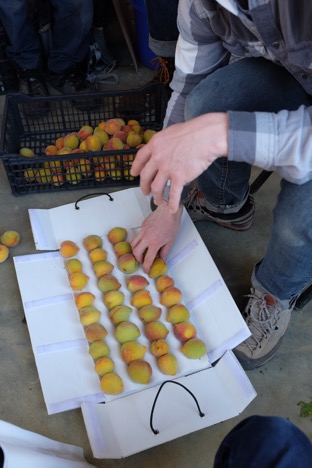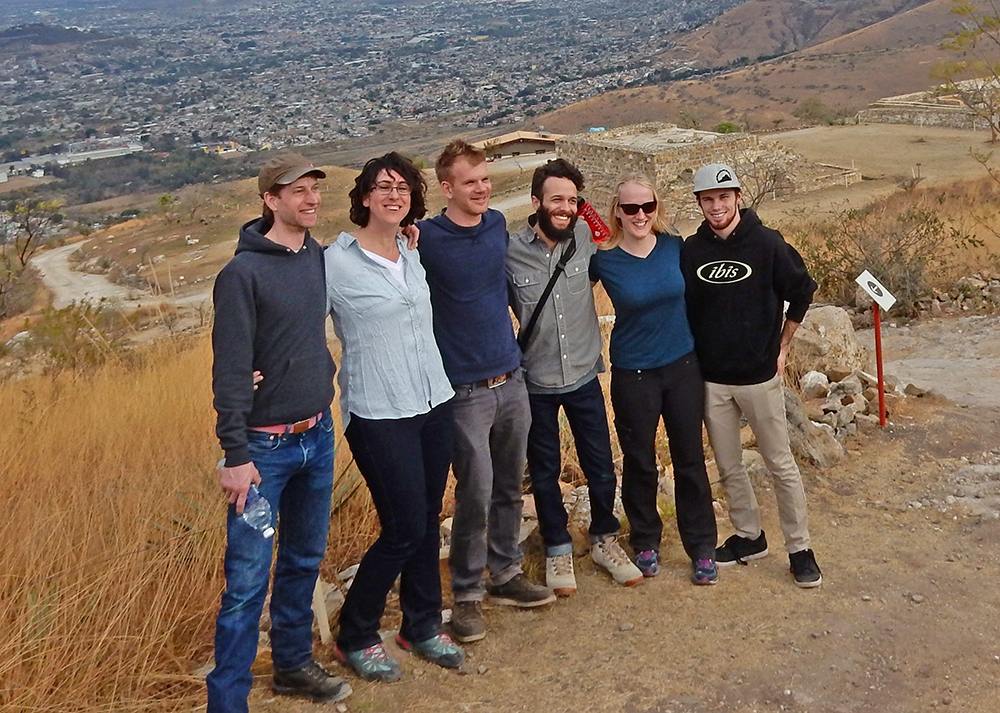Project Objective
Our team has employed human centered design techniques to model, build, and test a system that reduces damage to peaches during their transport to markets while also being robust and readily integrable into current peach harvesting and transport practices in Oaxaca, Mexico.
Team
The project team is
- Jonathan Balogh
- Aimee Ritter
- Ryan Scott
- Jeremiah Swanson
- Robert Zimmerman
Customer/Market Requirements
The key client requirements of the project are:
- The product must be an engineered solution which shall noticeably reduce damage to peaches during their transport from village to market
- The product shall be culturally appropriate
- The product is reusable and repairable
- The product shall have a defined manufacturing process
The project sponsor requires a device that reduces damage to peaches while in transit on rough, unsurfaced roads from mountainside orchards to city markets in Oaxaca.
Cultural appropriateness has been considered throughout the project, with the team utilizing the methods of human centered design through extensive interviews and observations in the user’s environment. The product must be a tool that the participant farmers will be interested in using. Additionally, since the participants are both the final customers and potential manufacturers of the product, it must be robust, low-cost and ready to assemble. Finally, to help accommodate the language barrier, the utility of the product must be intuitive, requiring minimal instructions.
The product also must be usable for at least two harvest seasons, and repairable with common hand tools. This requirement was implemented to both increase the usefulness of the product and reduce costs over its lifetime.
Finally, the product must have a defined manufacturing process such that it may be easily manufactured by either the VFF or the participant farmers.
Design Challenges
- Meeting the specific needs of the participant farmers that the VFF supports, despite language, cultural and geographic barriers.
- Anticipating participant farmers interests and needs for the final product.
- Creating a test alternative to real peaches. The peach harvesting season in Oregon is from July to October. As the timeline for this project was December to June, an appropriate peach analog test material was developed to quantify the merits of our early prototypes against current practices.
- Developing a robust product with minimal hardware to ensure affordability for the participant farmers.
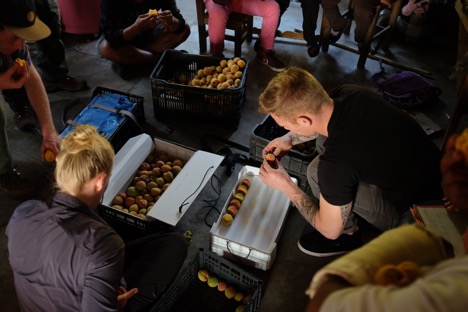
Outcomes
During the February 2016 Oaxaca trip, the team observed that participant farmers use a variety of crates to ship their peaches to market. Working with the VFF’s input, the team was able to identify a standard crate as the starting point for designing a damage reduction solution.
A peach analog was developed to facilitate prototype testing. The analog material was specifically chosen to show measurable and replicable deformations. The team then created a test battery to replicate transportation conditions. Analog material was carefully molded into spheres for the test battery, and friction and deformation were recorded per trial. During the April Oaxaca trip, the team was able to verify the appropriateness of the test analog following replicates of the test regime with actual Oaxacan peaches. An example of an analog peach deformed by testing procedures is shown in Figure 3 below.
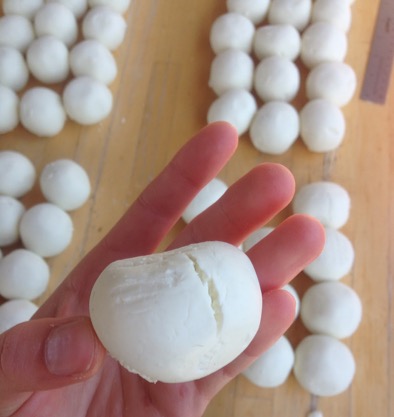
The team confirmed that peaches are damaged during shipping following current practices in Oaxaca. An example of such damage caused by peach-to-crate impact is shown in Figure 4 below.
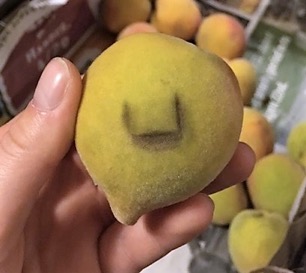
The team developed three viable prototype solutions for participant farmers to interact with in Oaxaca. Top view of the three prototypes are shown in Figure 5.
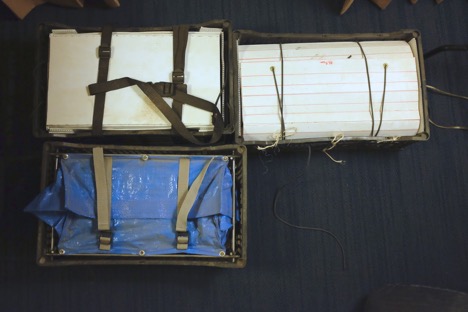
All three prototypes are crate inserts designed to fit in the standard shipping crate, mentioned in the first bullet of Outcomes above. The shelf-box separates the peaches into layers using three shaped shelves. The flexi-box features a flexible lid which, when tightened, applies pressure to secure the peaches as a unified mass in the crate. These two prototypes are made of corrugated plastic, which provides some measure of impact protection and is also easily cleaned and disinfected. The third prototype is the frame-bag - a metal frame that suspends a breathable cloth bag.
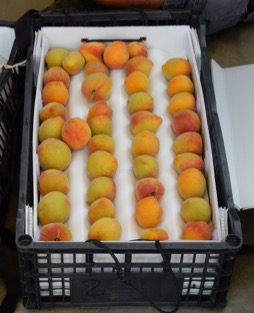
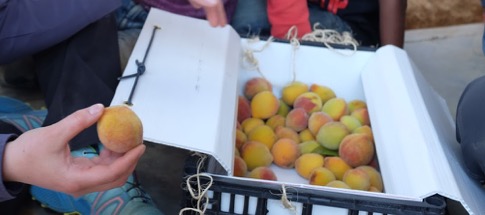
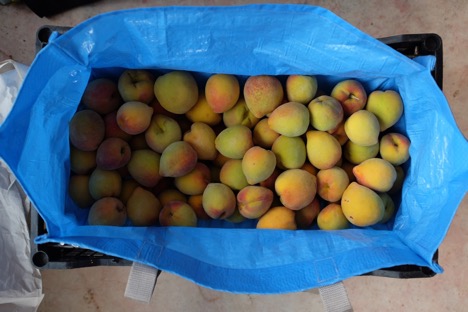
Using information gathered from interviews with the participant farmers during the team’s April Oaxaca trip, a single prototype, the shelf-box, was chosen. This prototype is shown being used in the field, below:
